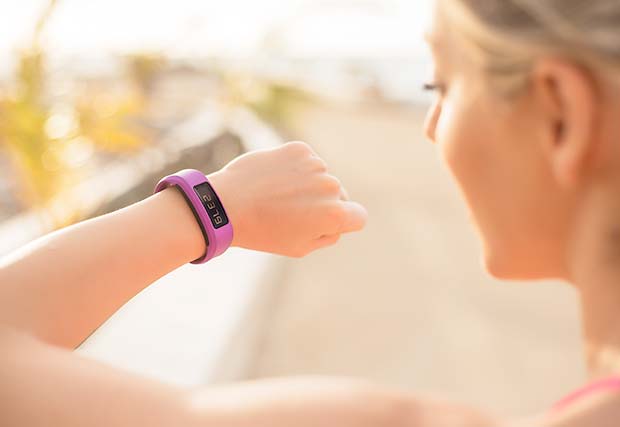
The infrastructure of IoT will have a real-time database behind every sensor.
Soon every device with a sensor will blend seamlessly into the Internet of Things, from drones to vehicles to wearables. Device and sensor count predictions range from billions to trillions. With this tidal wave of new devices comes an increasing number of new data streams, converging to make instant analytics on real-time data a tenant of any digital transformation.
Our penchant for instant gratification extends to every time we press a button or ask a question online. Today, data must move at the speed of thought and real-time information brings us as close as possible to the present.
The infrastructure to make this interaction possible ranges from the edge of the network into the core of the data center, and must include a database to support new interactive applications and analytics. Let’s examine a few compelling IoT use cases where turning data into actionable insights is table stakes.
Drones – Managing the Machines

For drones, ongoing communication and coordination of proper flying procedures and navigation guarantees success. Companies like Airmap.io are providing accurate, dynamic, and trustworthy airspace information to power innovative drone applications.
Airware.com is another company pursuing a ‘drone operating system’ that helps companies ‘integrate aerial data with business systems.’ This type of platform performs best when the high volume of data ingest is combined with a set of ongoing queries, providing a real-time operational view.
Consider the use of drones in dense areas, where to control traffic, drones will need to report status and ask about other nearby drones. This type of interaction mandates a data center system that can operate with real-time information effectively and at scale.
Vehicles – Managing Your Safety

When it comes to vehicles, autonomous or not, the primary concern becomes passenger safety.
With vehicles able to send data to auto manufacturers, there is an opportunity to provide real-time feedback of changing conditions. Much of this can be automated within the vehicle itself such as when to provide the anti-lock braking mechanism.
But where other vehicles are involved, such as traffic congestion, the ability for each vehicle to coordinate in real time with central databases can help manage overall traffic flow. We already see that in action today with solutions like Waze for mapping the most efficient routes.
Wearables – Monitoring Your Life

When we move to wearables, the relationship becomes even more intimate, and ranges from general health to critical life-saving capabilities.
Health monitoring wearables, particularly those for walking, jogging or running have become quite popular, allowing users to track progress but also monitor vital signs. That information can be shared in real time to offer predictions on energy exerted or calorie loss.
In more critical situations like hospitals, monitoring equipment can send information directly into control stations within the hospital, but also to regional hospital networks to track not only patient well-being, but also utilization of equipment like wheelchairs and gurneys.
Choosing the Right Infrastructure for IoT
The infrastructure behind the ever-growing world of IoT will need to power the systems that ingest, analyze and store all this data captured in real time by sensors, mobile devices, applications, and transactions. A powerful database can serve as the foundation for this infrastructure by having the following characteristics:
Support massive data ingest across millions of devices and connections
Database systems must keep up with the incoming flood of data to ensure zero loss, and that every user or device has a complete picture of its history.
Serve as the system of record while simultaneously providing real-time analytics
In a real-time world transferring data between systems, commonly referred to as Extract, Transform and Load (ETL), isn’t a luxury, nor can it be painful. Systems of record for the Internet of Things need to mix transactions and analytics seamlessly and simultaneously.
Respond to and integrate well with familiar ecosystems
With sensor data touching everything from business intelligence to ad networks, connecting to multiple systems must be painless and simple.
Allow for online scaling and online operations
The world stops for no one, and successful services will be judged by their ability to grow and provide enterprise level service quality.
With immediate access to both real-time and historical data for IoT connection points, companies can shape customer experiences in the moment including accelerating applications for wearables, powering operational analytics for drones, and capturing real-time opportunities in vehicles from safety to services.
Try a real-time database built for IoT workloads
Download SingleStore Community Edition




